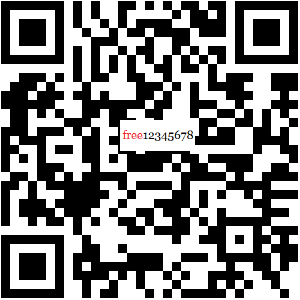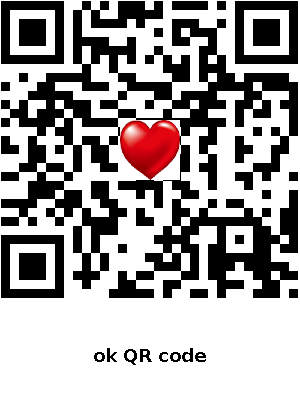Differences and advantages and disadvantages between barcode and QR code
2023-11-06
Barcodes (one-dimensional codes) and two-dimensional codes are mainly used as identification for items. Barcodes are mainly used in product identification, anti-counterfeiting, pharmaceutical supervision, supermarket checkout, and other occasions. Generating QR codes can contain more information, such as website addresses, text, images, and even a poem or article. In the era of mobile networks, QR codes are rapidly becoming popular.
Main differences:
1. The amount of information carried by QR codes is much greater than that of one-dimensional codes
The information components that make up a one-dimensional code can only be letters and numbers, with a relatively large size, which means its space utilization is low. This determines the limitation of having a small amount of information. Its data capacity is relatively small and can generally only accommodate around 30 characters. The QR code is different as it carries a large amount of information, with a maximum data content of 1850 characters. The information content can include letters, numbers, Chinese characters, characters, katakana, etc. The information content is very rich. So QR codes are gradually being accepted by the market, and the addition of Chinese characters has further expanded the Chinese market.
2. The two have different ways of expressing information
According to its characteristics and structure, we can see that one-dimensional codes can only express product information in the horizontal direction and in the vertical direction, they do not express any information. Its certain height is usually used to facilitate the alignment and reading of barcode devices. The QR code can express information in both horizontal and vertical directions, which means it stores information in a two-dimensional space.
3. The external structure of the two is different
According to Figures 1 and 2, their structures are completely different. A one-dimensional code is a bar code that expresses information horizontally using bars and spaces. The shape is closer to a rectangle. The QR code can be said to be a square with three "back" shaped positioning points inside, which can help the barcode device focus and facilitate data reading. It is precisely the difference in their structure that makes one-dimensional codes lack strong error correction function. If the barcode is damaged, it cannot be read. For QR codes, even if there is damage, they can still be read normally. Its damage correction rate can reach 7% to 30%.
4. The coding systems of the two are different
In the current coding system, one-dimensional codes and two-dimensional codes each have their own coding system and constituent members. The commonly used one-dimensional code systems include EAN code, 39 code, cross 25 code, UPC code, 128 code, 93 code, ISBN code, and Codabar code; The commonly used QR code systems include: PDF417 QR code, Datamatrix QR code, QR code, Code 49, Code 16K, Code one, etc.
5. Different representations in barcode printing software
One dimensional code and two-dimensional code can be said to be two completely different barcodes, and their production and presentation in barcode printing software are also different. Generally speaking, one-dimensional and two-dimensional codes are represented separately in software. That is to say, when making barcodes, it is necessary to first distinguish between one-dimensional codes and two-dimensional codes, and then choose the coding system to be made. For example, in the leading barcode printing software, these two types of barcodes are distinguished by and. The former represents one-dimensional codes, while the latter represents two-dimensional codes.
Advantages and disadvantages:
The advantage of one-dimensional codes is that they express information in one direction, and a certain height is usually used to facilitate the alignment of the scanner. One-dimensional codes can improve the speed of information input and reduce error rates. The disadvantage is that the data capacity is relatively small and requires a computer database. Once the one-dimensional code is damaged, it cannot be read, resulting in low fault tolerance.
The advantages of QR codes are large information capacity, wide coding range, low cost, easy production, and the ability to store a large amount of data without the need for the database itself. The fault tolerance mechanism of QR codes ensures that the image can still be correctly recognized after being damaged, with a fault tolerance rate of up to 30%. The disadvantage is that it is easy for criminals to implant viruses to steal user information or various fee absorbing software.

